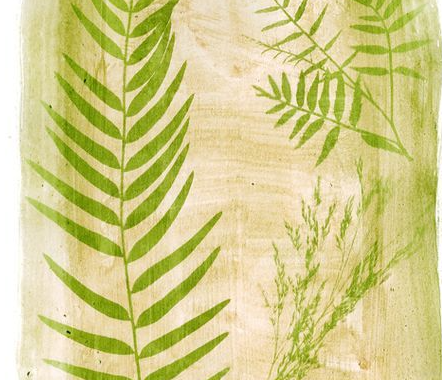
- This event has passed.
European Heritage Days – Unusual guided tour followed by a workshop “Anthotype”
17 September 2022 @ 15h00 - 17h00
Free
Lydie Marchi, director of the art center, offers an unusual visit to the sculpture garden followed by an anthotype workshop or chlorophyll photography. Old technique of photographic printing based on the photo-discoloration of certain plant pigments, the Anthotype was invented in 1842 par John Herschel, English astronomer and physicist.
The fascination with plant color existed long before the invention of anthotypes. Since the beginning of mankind, plants were used to make clothes and tools, as well as to color these objects, decorate people's skin for ceremonies and festivities and give color to food.
The impact of plants and flowers throughout our history is immense. Evidence suggests that the medicinal properties of plants were used more than 60 000 years by Neanderthals. The cemeteries also show that the flowers were part of their burial ceremony.
In Egypt, living in the middle of a desert, with the Nile as the main source of water for vegetation, plants were a crucial part of ceremonies. Pharaohs were buried with wreaths, foliage and fruit to accompany them on the perilous and complicated journey to the afterlife. In a country where droughts were devastating, plants were a sign of wealth.
Japanese tattoo artists used safflower for reds, indigo for blues, green for minerals and yellow for arsenic, gardenia and gamboge. A geisha's face would be whitened with rice powder and her lips painted red with safflower pigment..
Plants have been used as medicine, but also as poison. There is the famous example of hemlock (Conium maculatum) used to poison the Greek philosopher Socrates.
The discovery and use of plants and flowers in photography was the result of research by a handful of people :
Henri August Vogel, who in 1816 made the first note when he discovered that plant juices are sensitive to light.
Theodor Freiherr von Grotthuss discovered that absorbed light rays are active in producing chemical changes in 1817, also establishing the note.
Sir John Herschel in the lead with his extensive research and publication of his discovery in 1842.
Mme Mary Somerville, who has done extensive research on the action of rays on vegetable juices, but could not publish her results – because she was a woman.
Robert Hunt and Michel Eugène Chèvreul, who extended the research on their own, were also important figures of the group. In 1844, Hunt public Researches on Light which includes a good chapter on anthotypes.
Registration required : 07 81 02 04 66 – cacc@caprovenceverte.fr

